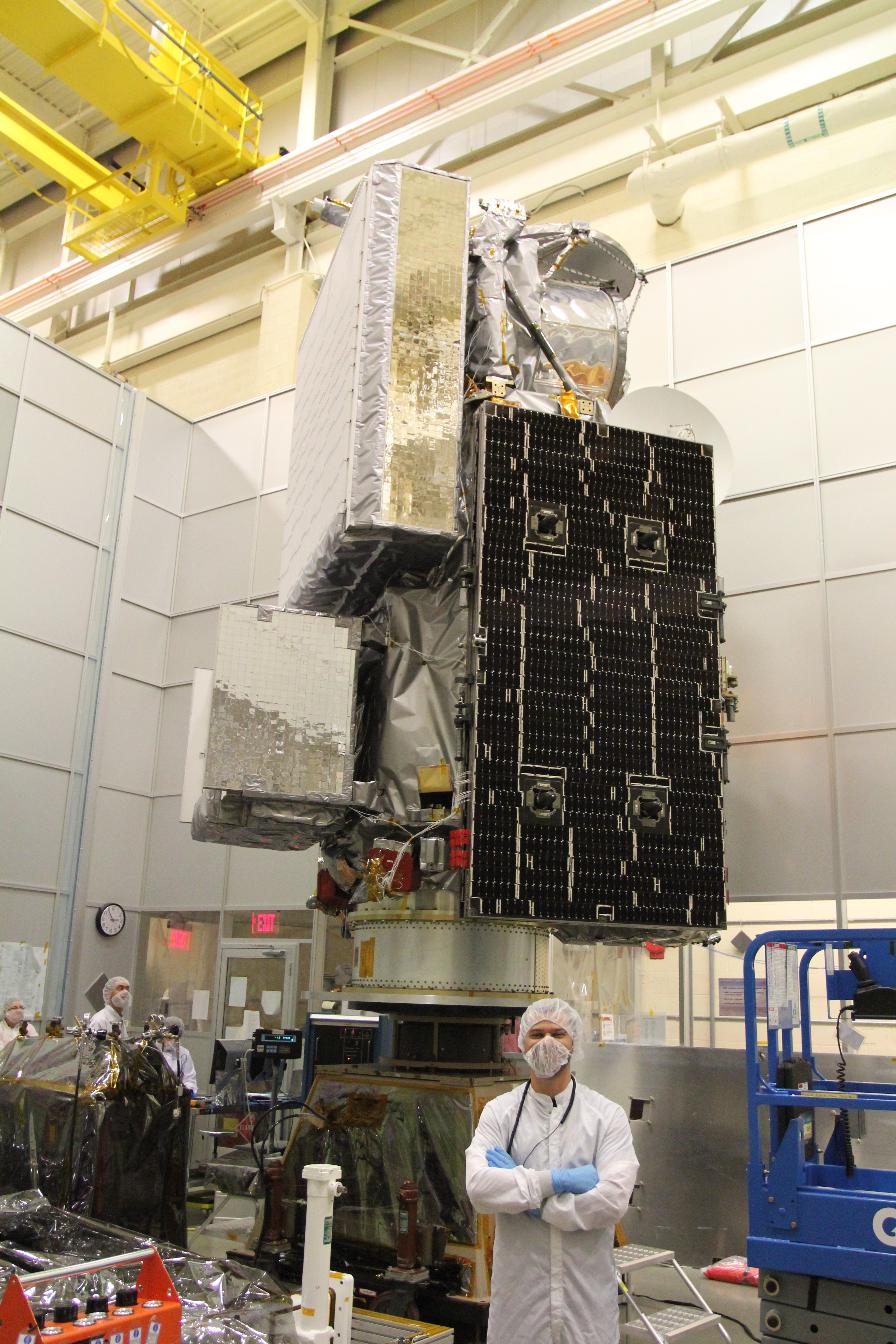GPM Core Observatory Mass Properties Test

Image Caption
Daniel overseeing the GPM Observatory mass properties test in September 2013.


D3R's dual frequencies match those of the GPM DPR radar. Some work to the D3R computing infrastructure will be performed at Wallops, and then the radar will be collocated with NASA's NPOL radar in Newark, MD.